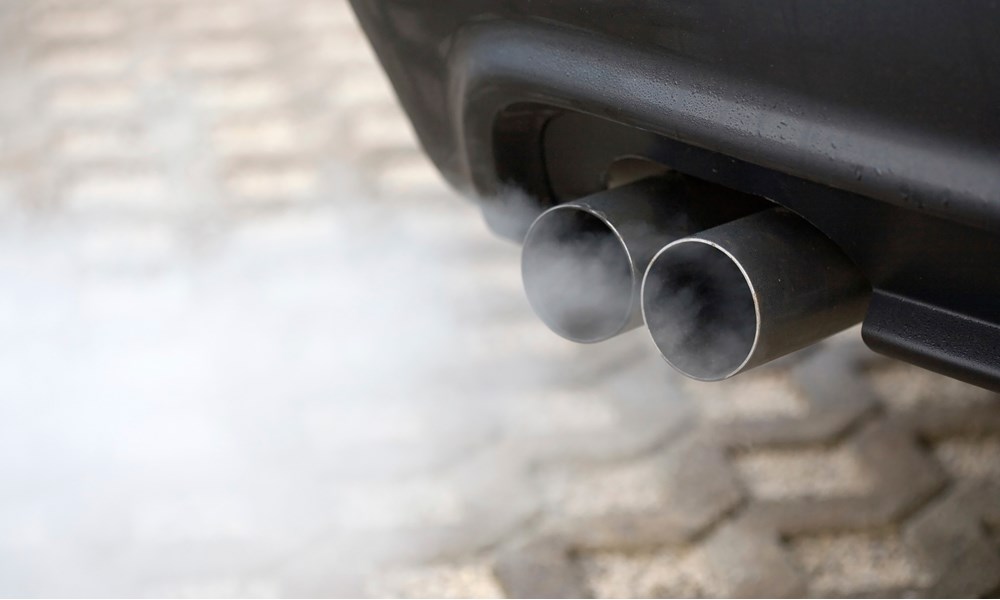Ask a Technician: How Does My Car's Exhaust System Work?

While technological advances have abounded elsewhere in your vehicle, the exhaust system has remained relatively the same, performing the same task it always has – routing exhaust gases away from your engine. Here are some details from Lynch Ford Chevrolet on the components and details of your vehicle's exhaust system.
The design of the system will vary depending on the kind of engine you have (V6, V8, I6, I4, horizontally opposed, etc.), but it usually comprises of the following components:
- Exhaust manifold – bolted to your engine’s head, this is the exit point for exhaust gases from the engine.
- Catalytic converter – sometimes bolted directly to the manifold, or combined. Older vehicles have their catalytic converters farther toward the rear of the car.
- Muffler(s) or resonators – diminish the noise and harsh vibrations an engine makes.
- Pipes, leading toward the rear of the vehicle attaching the various other components.
- A tailpipe to lead gases to the outside world.
- An assortment of clamps, bolts, and gaskets to hold the various components together.
- The whole operation is suspended by rubber O-rings or other hangers usually made of rubber and steel.
Exhaust systems have increasingly gone the direction of stainless steel and will often last the life of the vehicle. It’s a wonderful savings to have a permanent system, as aftermarket exhaust systems are often of poor quality, last only a few years, and require much more thought and effort than most drivers wish to expend on this otherwise forgettable system.
That said, there are a number of factors that will affect the life and performance of various exhaust system components. Being under the car, and heated and cooled thousands of times, the exhaust system is probably the most vulnerable component to damage on your vehicle. Roadside debris, harsh roads, salt, snow, and mud can take a huge toll on your system, and for this reason it’s important to inspect it at least periodically, which requires being under your vehicle.
The most obvious signs that something is wrong with your system will include louder than normal operation, vibrations, and resonance when accelerating or decelerating. Be very diligent if you should notice these symptoms – exhaust gases contain carbon monoxide and can put you or your family in danger if they enter your vehicle.
Other problems can be harder to detect, particularly because most of the system is hidden from view if you can’t get under your vehicle. Rusted or flaking steel can be signs of impending failure, dents or crimps in pipes can restrict flow and damage other exhaust components and your engine, missing or damaged hangers can leave the exhaust system hanging low and susceptible to damage, and mufflers may begin to disintegrate or develop holes. Pipes and manifolds can also crack.
The best approach to maintaining your exhaust system is to have it inspected by a professional at least annually and preferably at every oil change while your vehicle is up on a lift. Your service manager may do this already, but it’s worth asking for your technician to comment on the overall health of your exhaust system every time your car is up on a lift. A couple of missing or damaged hangers caught in time could be replaced for a few dollars each and keep your entire system from having to be replaced, for hundreds or even thousands of dollars.
